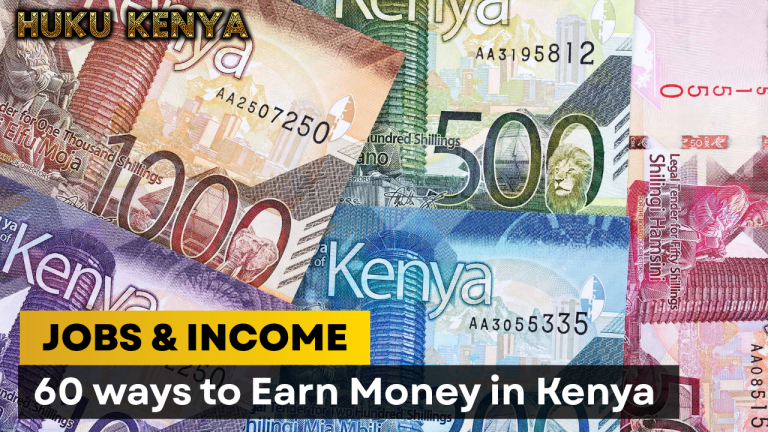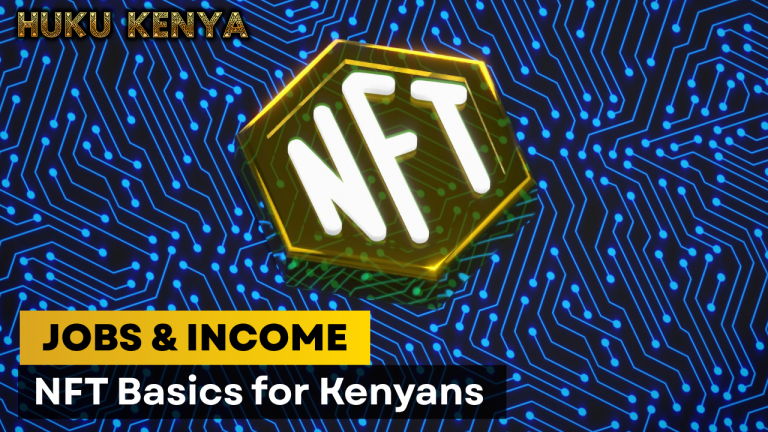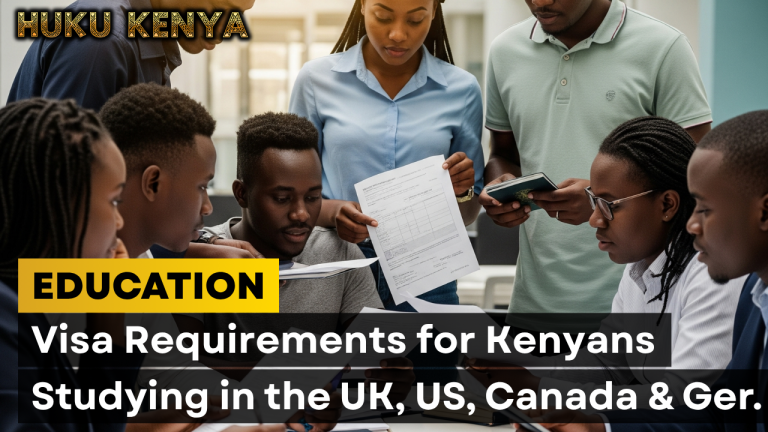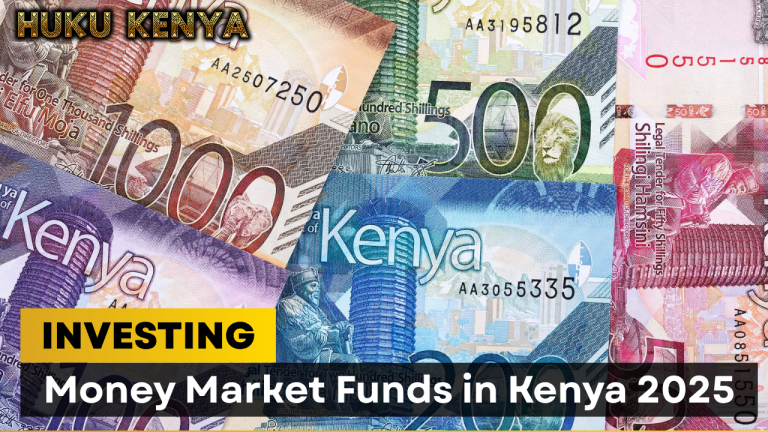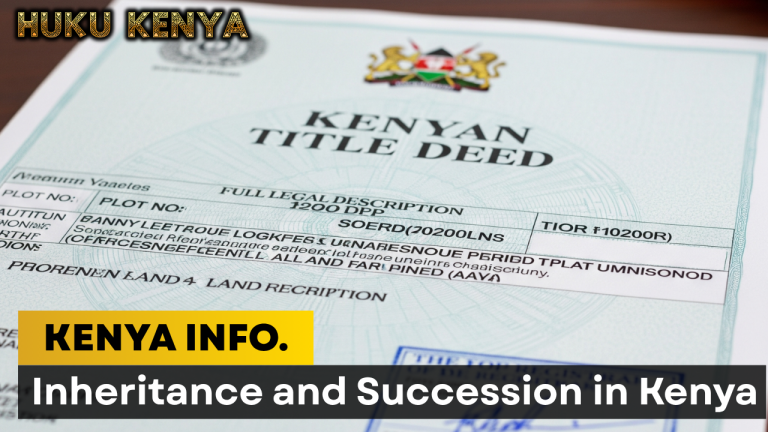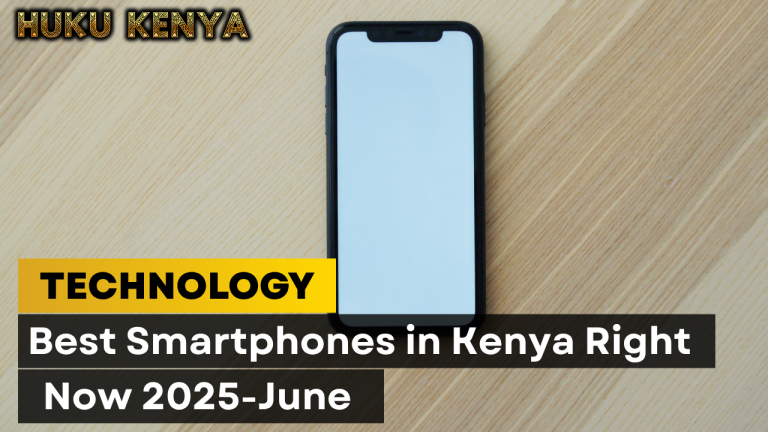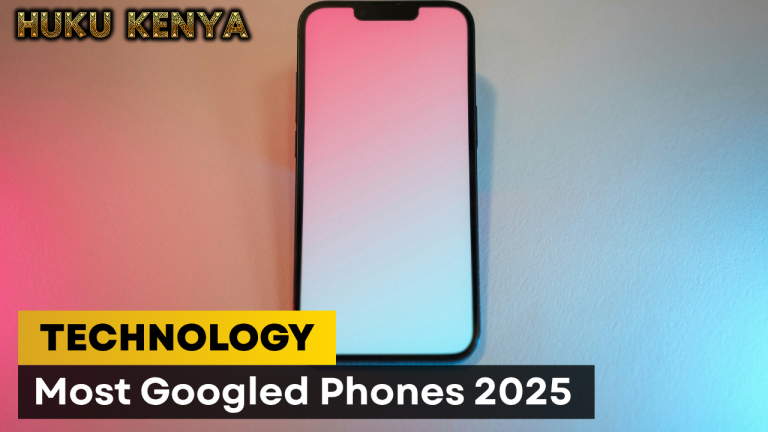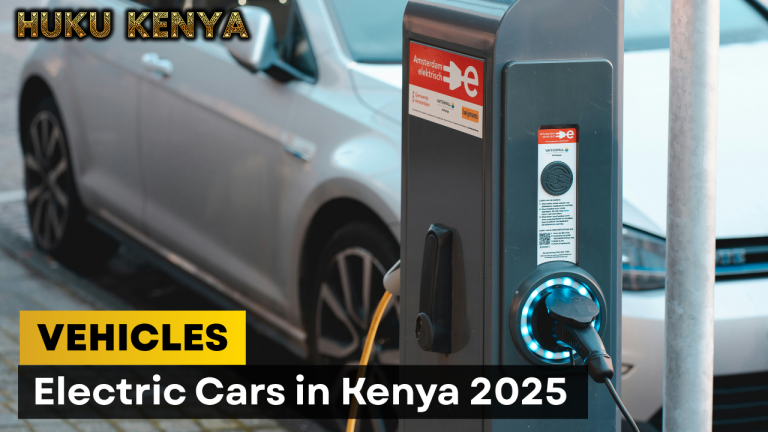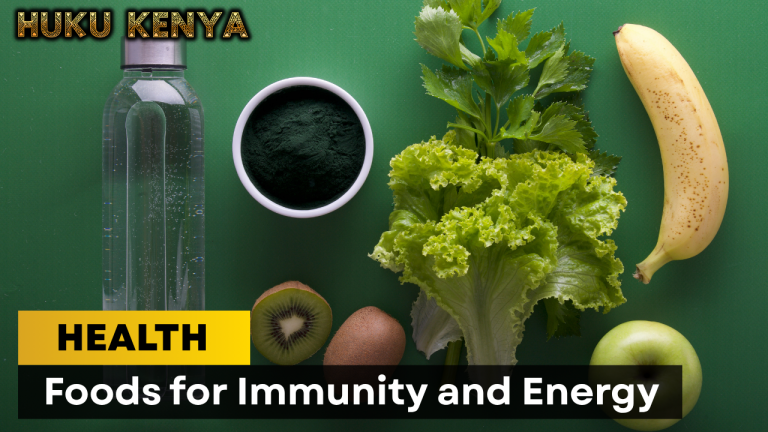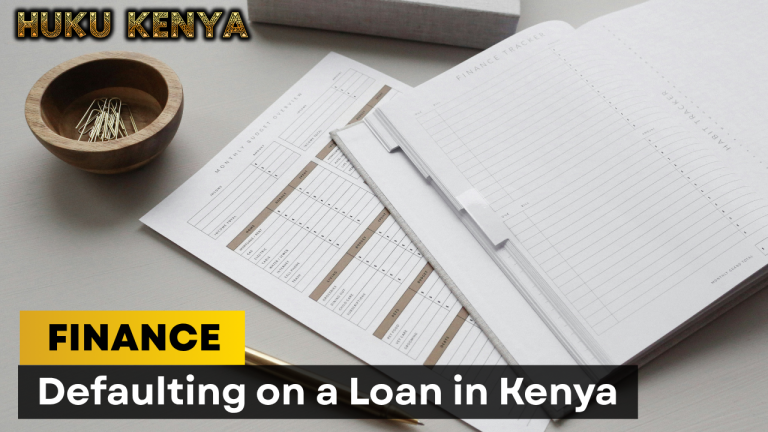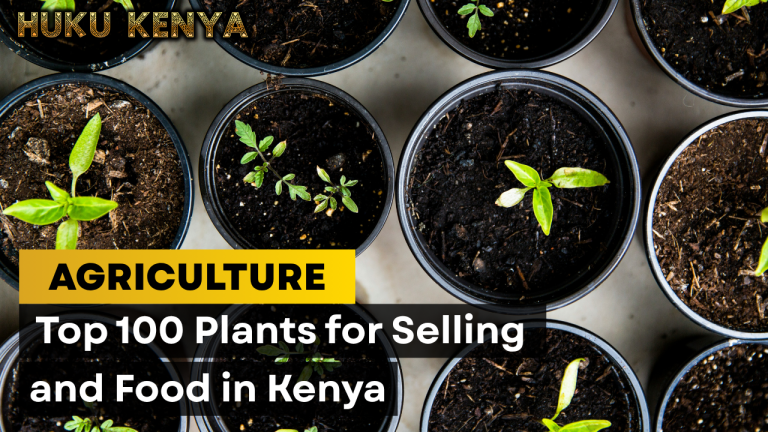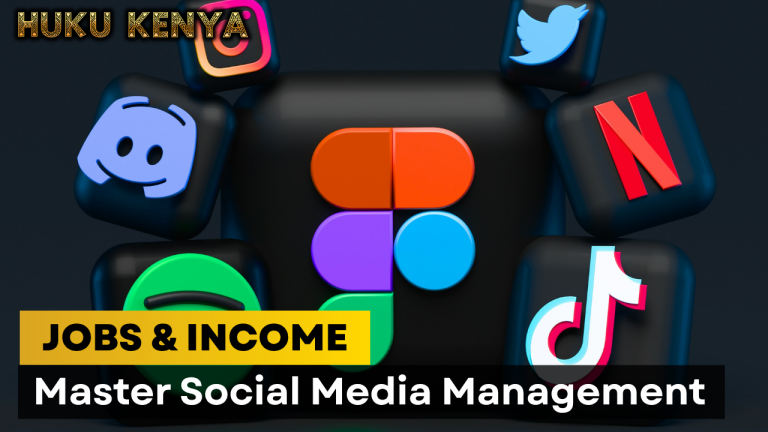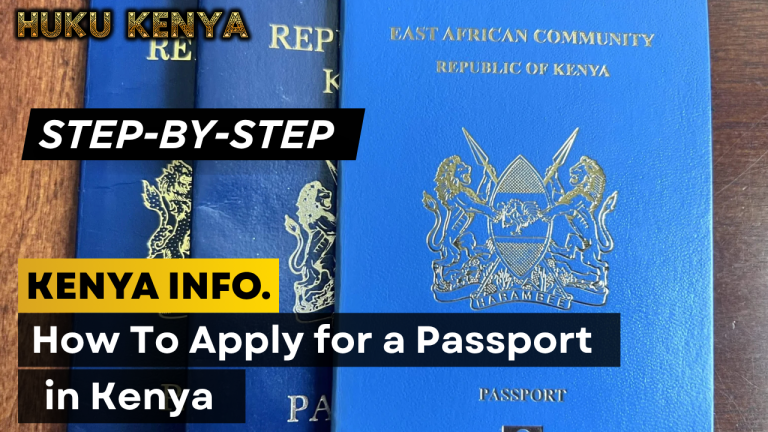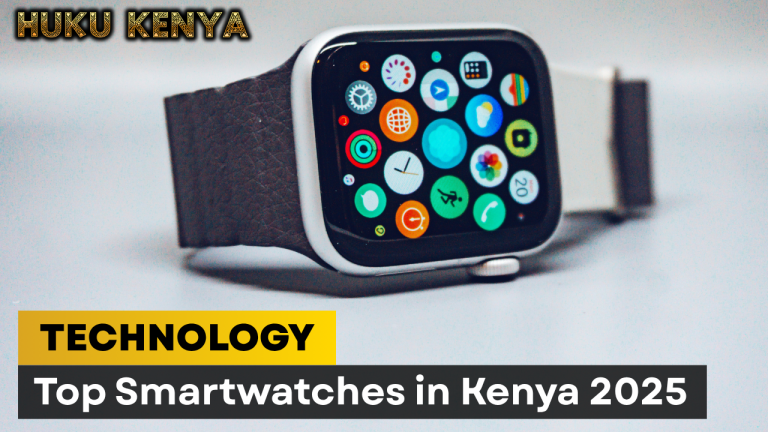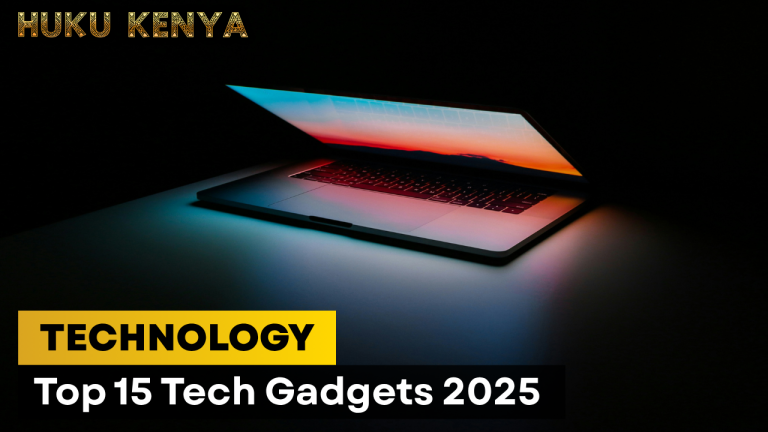
Counterfeit and substandard medicines remain a serious public health threat in Kenya, with recent reports showing that up to 30% of drugs in circulation may be fake or unsafe2. These falsified products can cause treatment failure, toxicity, or even death. In 2025, the Pharmacy and Poisons Board (PPB) and the Ministry of Health have intensified efforts to crack down on illegal pharmaceuticals and empower consumers to identify and report suspicious drugs.
This guide outlines how to spot fake medicines, verify authenticity, and report concerns using official tools and procedures.
1. What Are Fake Medicines?
Fake medicines fall into three categories:
- Counterfeit: Deliberately mislabeled with fake ingredients or packaging
- Substandard: Made by licensed manufacturers but fail quality standards
- Adulterated: Contaminated or tampered with during production or distribution
Commonly falsified drugs in Kenya include:
- Antimalarials
- Antibiotics
- Painkillers
- Cancer treatments
- Sexual stimulants and weight-loss pills2
2. How to Spot Fake Medicines
A. Visual Inspection
- Packaging flaws: Misspelled words, poor print quality, faded logos
- Missing batch numbers or expiry dates
- Unusual color, smell, or texture of tablets or liquids
- Suspiciously low prices compared to known brands
- No manufacturer or importer details on the label
B. Behavioral Red Flags
- Sold by unlicensed vendors (e.g. hawkers, street stalls)
- Offered without a prescription for prescription-only drugs
- Promoted with exaggerated claims or urgency
C. Verification Tools
- PPB Mobile App (MedSafety App): Scan barcodes and report adverse reactions
- SMS Verification: Some brands offer USSD codes to confirm authenticity
- PPB Website Alerts: Check for recent recalls and safety notices
3. Recent Drug Recalls in Kenya (2025)
The PPB has recalled several dangerous products this year:
| Drug Name | Issue | Recall Date |
|---|---|---|
| Lumidol, Blink, Paragen | Discolored paracetamol injections | April 24, 2025 |
| S-Prazo (Esomeprazole) | Wrong tablets in packaging | April 2025 |
| Augmentin (Antibiotic) | Counterfeit batches detected | April 2025 |
| Benylin Paediatric Syrup | Toxic contamination | May 2025 |
| Efinox Nasal Drops | Label mix-up between strengths | May 2025 |
These recalls were triggered by adverse reactions, packaging errors, and contamination3.
4. How to Report Suspected Fake Medicines
A. Pharmacy and Poisons Board (PPB)
- Website: ppb.go.ke
- Hotline: 0800 722 222 (Toll-Free)
- Email: info@ppb.go.ke
- MedSafety App: Available on Android and iOS
B. Reporting Steps
- Note the drug name, batch number, and expiry date
- Describe the issue (appearance, reaction, packaging)
- Include location of purchase and seller details
- Submit via app, email, or hotline
C. What Happens Next
- PPB may conduct lab testing
- If confirmed, the drug is recalled and public alerts issued
- Legal action may be taken against sellers or manufacturers
5. How to Protect Yourself
- Buy only from licensed pharmacies
- Ask for receipts and packaging
- Check PPB alerts regularly
- Avoid self-medication and online drug purchases
- Consult qualified health professionals before taking any medication
6. Government Action in 2025
- Digital Tracking System Launched (June 18, 2025): All prescriptions and transactions now digitally recorded to prevent manipulation
- PPB Crackdowns: Over 80 illegal pharmacies shut down in Nairobi, Central, and Upper Eastern regions
- Public Education Campaigns: Ongoing efforts to raise awareness about counterfeit drugs and safe purchasing habits
Fake medicines are not just a regulatory issue—they’re a life-threatening crisis. By staying informed, verifying your purchases, and reporting suspicious products, you help protect yourself and others from harm.

